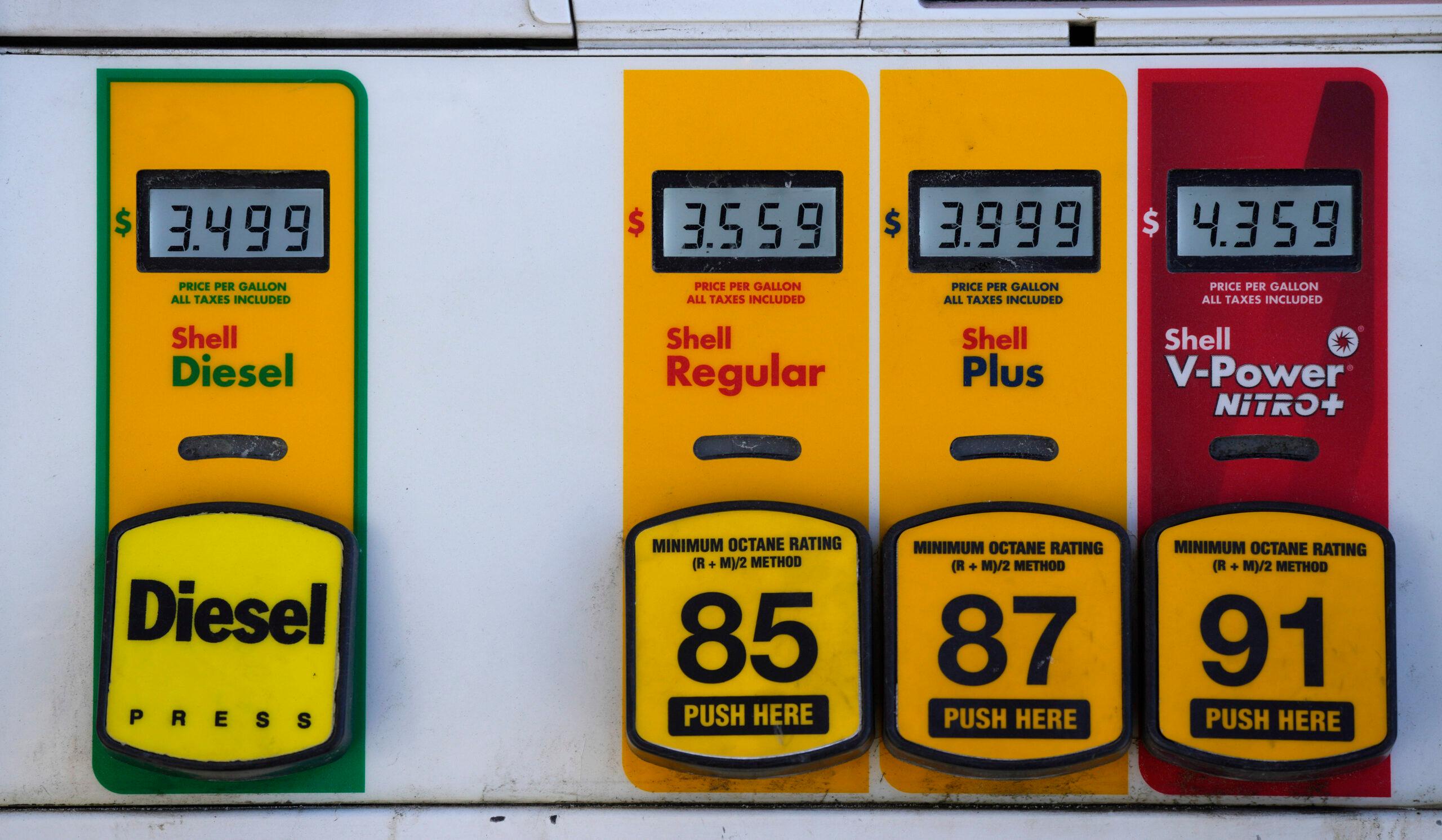
Like many Coloradans, Forrest Yang drives a Subaru. A Subaru Forester, to be precise.
“Don’t read too much into that with my name and the car’s name,” he told CPR News. “It is what it is.”
Yang lives in Denver but works on corporate tax issues in Greeley. He fills up his tank regularly because of the long commute and buys 87-octane gas as specified by the manufacturer. Yang has been tempted to fill up with the cheaper 85-octane blend.
“I see the price difference between 85 and 87, and I begrudgingly fill up with 87 every time,” Yang said. “I thought, so what’s the difference, really?” (As of the reporting of this piece, the price difference was 34 cents.)
He decided to raise his question to Colorado Wonders, an ongoing project where readers and listeners can ask questions about life in the state. Yang also wanted to know whether lower octane gasoline is worse for the environment.
It’s important to get one concept out of the way first. The octane rating at the pump refers to the likelihood the gasoline will self-combust when mixed with air and compressed in the engine, a phenomenon known as “knocking” or “pinging.” The higher the rating, the smaller the chance it will occur.
In most of the country, 87 is the lowest octane rating and is considered “regular” gasoline. That’s not the case in Colorado and other surrounding states, including Utah and Wyoming, where 85 octane gas is “regular” and 87 is considered “mid-grade.”
The reason for this difference comes down to altitude, said Mahesh Albuquerque, director of Colorado’s Division of Oil and Public Safety at the Department of Labor and Employment. Air is less dense at higher elevations, reducing the chance of engine knocking when using a lower-octane gas.
A 2015 study from the Coordinating Research Council, a nonprofit supported by the petroleum and automotive industries, showed using 85 octane gasoline at 5,000 feet was more fuel-efficient than using 87 octane gasoline at sea level.
“Arguably, fuel economy with 85 octane at elevation was better than 87 octane at sea level,” Albuquerque said.
Colorado’s Division of Oil and Public Safety recommends vehicle owners fill up their tank with the type of gasoline specified in the owner’s manual, Albuquerque said. Using a lower rating could lead to knocking and other engine problems.
Whether 85 octane gas pollutes more than 87 octane is less clear.
The Coordinating Research Council study showed no statistical significance in carbon dioxide and carbon monoxide emissions between 85 and 87 octane gas at high altitude.
There are caveats to this finding. Carbon monoxide emissions also depend on other factors such as a car’s combustion process and a driver’s behavior, according to the study. The council also said there are “no publicly available studies” that show “increased exhaust emissions” if a car recommended to use 87 octane gas runs on 85 octane instead.
Vehicles made after 1984 are also designed to have the same octane requirements at all altitudes, the study’s authors wrote, meaning gas stations may not need to provide 85 octane gas. The researchers concluded that further study was needed.
Although the U.S. Environmental Protection Agency had indicated it would require higher-octane fuels in the future, new emission standards released by the agency this week focus on the growth of the electric vehicle market instead.
Gasoline-powered vehicles continue to dominate U.S. roads, including in Colorado, where the sale of “regular” 85 octane gasoline far outpaces other gasoline blends, according to the U.S. Energy Information Administration.
With passenger vehicles responsible for more than half of the nation’s greenhouse gas emissions in the transportation sector, it is clear that cleaning our air requires more than just raising octane ratings at the pump.








